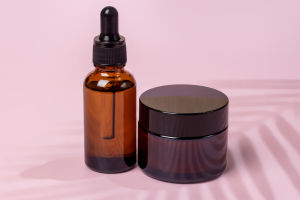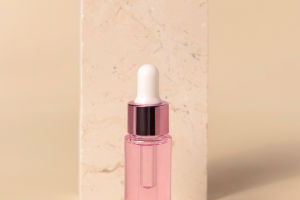Aloe vera, a natural plant, has been used for thousands of years, especially in the field of skincare.
It not only has a long history of therapeutic effects but also occupies a significant place in modern skincare due to its versatility.
Aloe vera gel, the most concentrated extract from the aloe vera plant, has been proven to have significant effects on improving skin conditions. This article will explore how aloe vera gel improves skin health, the scientific principles behind it, and its application methods.
The active ingredients in aloe vera gel mainly include water, vitamins, minerals, enzymes, amino acids, and antioxidants. These components make it an exceptionally effective skin-repairing agent. First, aloe vera gel is rich in moisture, making it an excellent moisturizer.
Maintaining the skin's moisture balance is a crucial step in preventing dryness, peeling, and wrinkles. For dry skin, aloe vera gel can form a protective barrier on the skin's surface to lock in moisture, keeping the skin soft and smooth.
Secondly, aloe vera gel has powerful anti-inflammatory properties, making it especially suitable for treating various skin issues, including acne, rashes, and allergic reactions. The polysaccharides in aloe vera are believed to be the key factors behind its anti-inflammatory effects.
Studies have shown that aloe vera can effectively reduce skin inflammation, alleviate redness and pain, and promote the skin's self-repair. This makes aloe vera gel a preferred natural remedy for many skin issues, particularly for those with sensitive skin.
In addition to its anti-inflammatory properties, aloe vera gel also has antibacterial characteristics, making it an effective tool for treating acne and other skin infections. Some compounds in aloe vera, such as anthraquinones, can inhibit bacterial growth, thereby reducing acne and other skin problems caused by bacteria. Its antibacterial properties not only help heal existing acne but also effectively prevent new breakouts.
Another important function of aloe vera gel is to promote skin healing. Some enzymes and amino acids in aloe vera can accelerate the repair of damaged skin cells. For example, aloe vera can speed up wound healing and reduce scarring. Therefore, aloe vera gel is often used to treat cuts, burns, scrapes, and other minor skin injuries. It not only promotes the generation of new cells but also helps restore the skin's natural barrier function, enhancing its self-repair capabilities.
For skin with hyperpigmentation or sunburn, aloe vera gel is also effective. It can lighten dark spots and even out the skin tone. With long-term use, aloe vera gel can improve uneven skin tone, freckles, and sunspots, making the skin appear brighter and more radiant. This is because aloe vera can promote skin cell metabolism, help remove aging keratin, and encourage the growth of healthy new skin.
So, how can aloe vera gel be used to improve skin health? First, it is essential to use natural, pure aloe vera gel. Many aloe vera gel products on the market may contain other chemical ingredients or additives, so it is crucial to choose pure, additive-free aloe vera gel.
When using it, apply the gel directly to clean the skin and gently massage until absorbed. For dry skin, it can be used in the morning and evening; for acne or inflamed skin, it is recommended to use it once a day, continuously for some time to see results.
In conclusion, aloe vera gel, as a natural skincare ingredient, has become an effective option for improving skin health with its unique moisturizing, anti-inflammatory, antibacterial, and healing properties. Whether addressing dryness, acne, sunburn, or aging issues, aloe vera gel provides significant results. With correct usage, aloe vera gel can help restore skin to a healthy, smooth, and youthful state, becoming an indispensable part of daily skincare.


